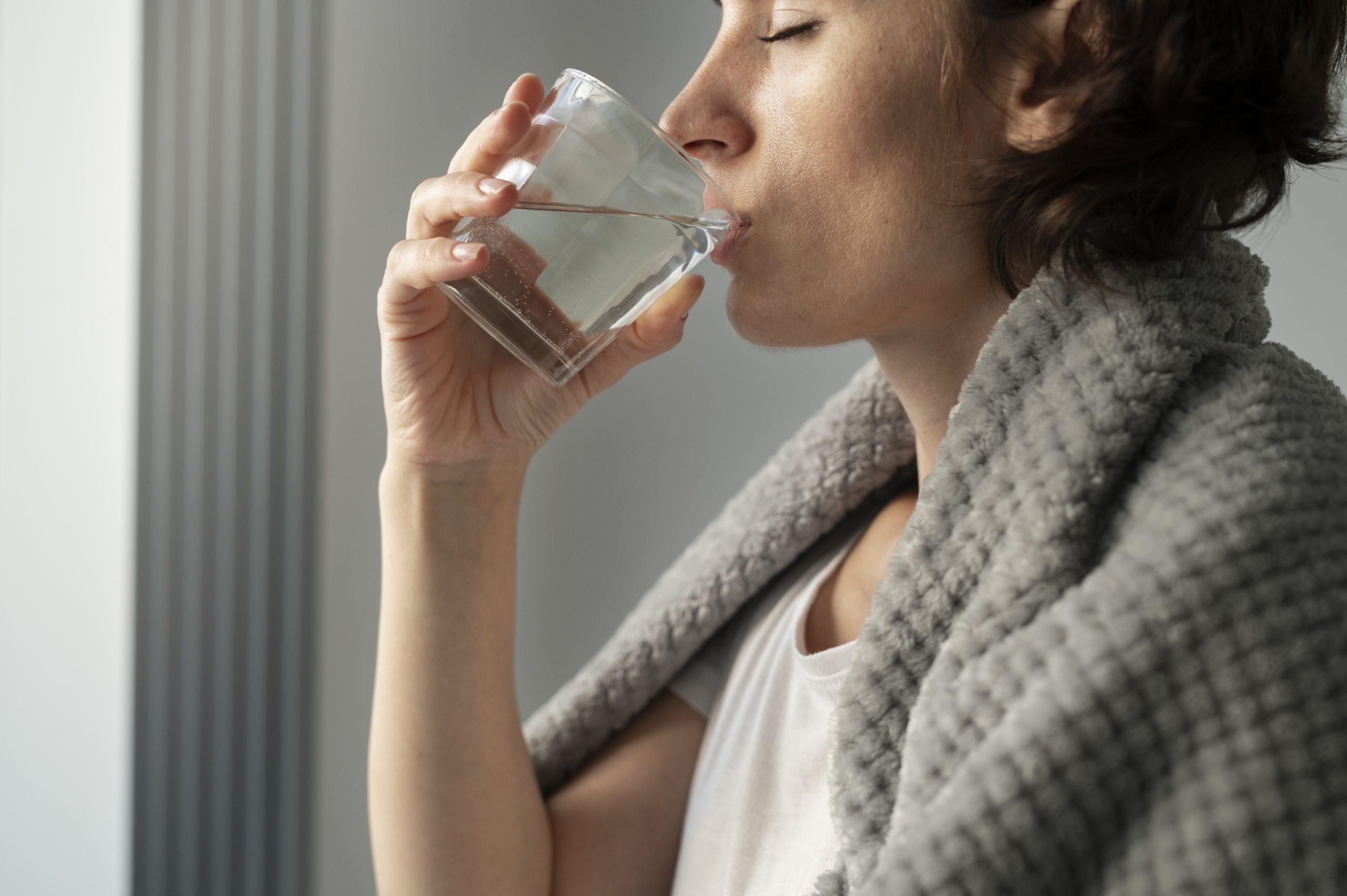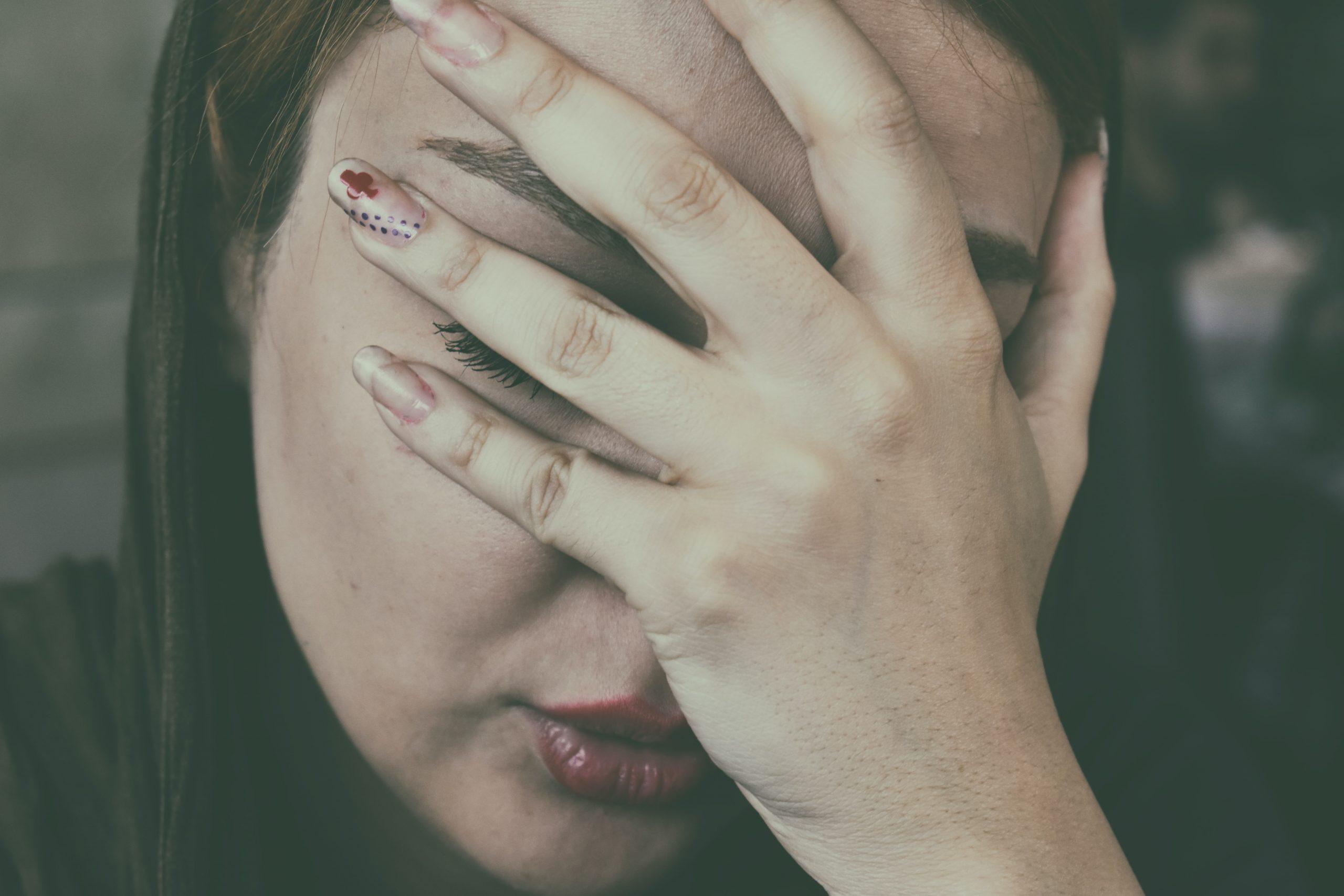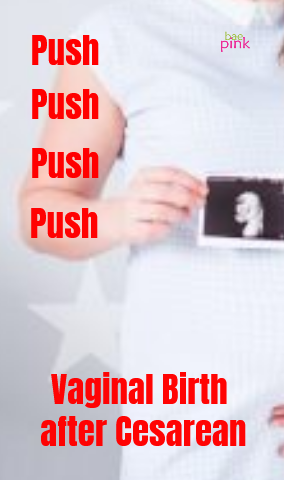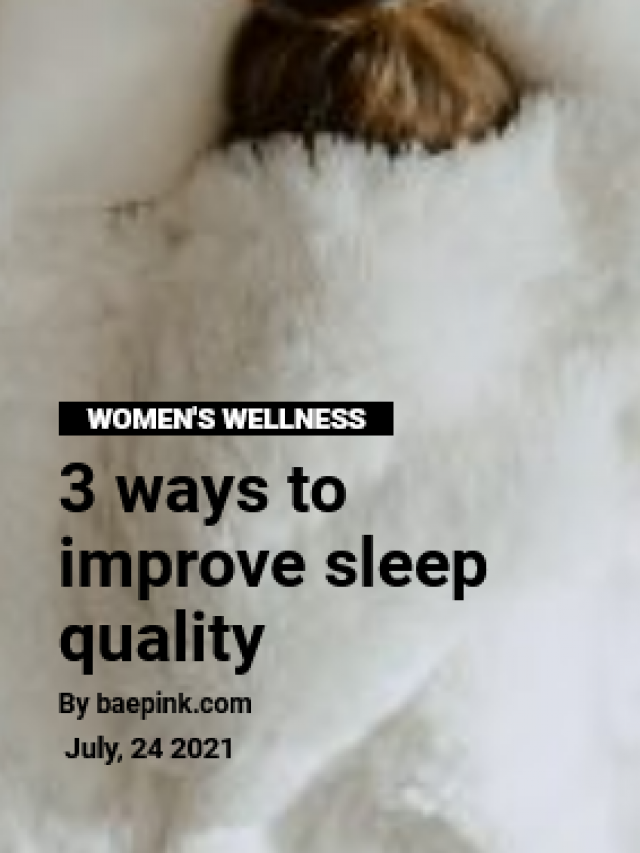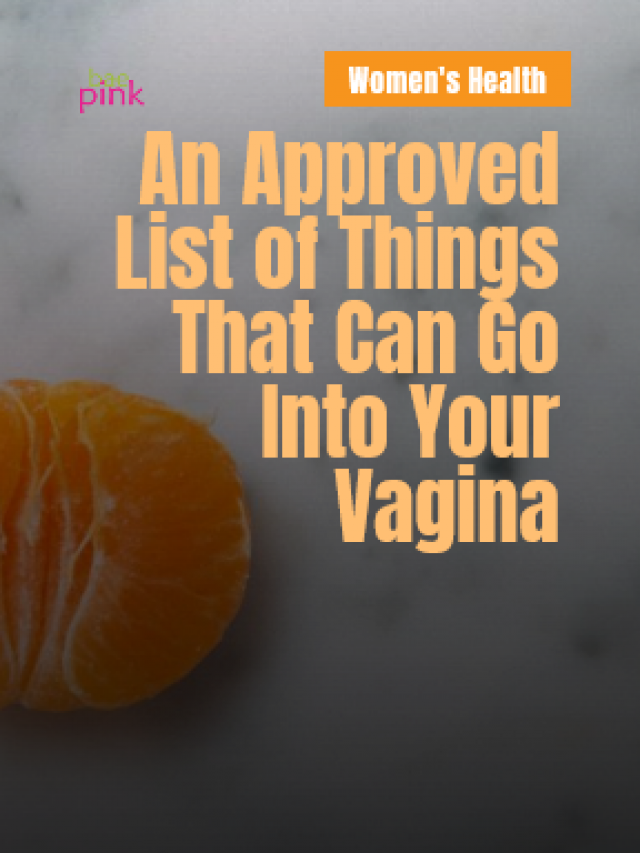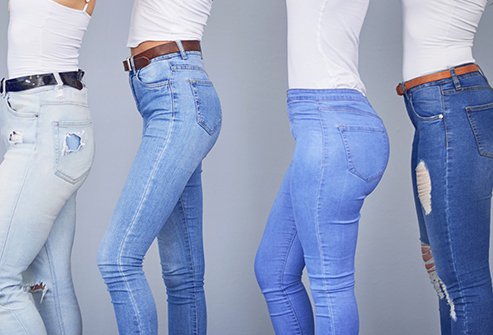Are uterine fibroids cancerous?

Many women have benign which means non-cancerous growths, which are known as fibroids in or on their wombs or Uterus. These Uterine fibroids often appear during the reproductive age. Uterine fibroids aren’t assisted with an increased risk of uterine cancer and rarely develop into Cancer.
Fibroids can develop as a single tumor, or there may be many of them inside the uterus. They may be small as an apple seed or big as a grapefruit. In some rare cases, they can become very large.
Depending on wherein fibroids are located, they may cause heavy menstrual bleeding, period pain, or other Symptoms.
Cologne, Germany: Institute for Quality and Efficiency in Health Care (IQWiG)
About 20 – 80% of women develop fibroids by the age of 50. At the age of 40s and early 50s, fibroids are most commonly observed. Not all women with fibroids have symptoms. Women who have signs & symptoms often find fibroids hard to live with.
Common symptoms
Numerous women who have fibroids don’t have any symptoms. For women between the ages of 30 and 50, fibroids most commonly cause symptoms. In women who have symptoms, the most common signs and symptoms of uterine fibroids such as
- Heavy menstrual bleeding,
- Menstrual periods lasting more than a week,
- Frequent urination,
- Difficulty emptying the bladder,
- Pain or pelvic pressure,
- Backache or leg pain, and
- Constipation.
These symptoms can be influenced by the size, location, and the number of fibroids. Hardly, a fibroid can cause acute pain while it outgrows its blood supply and begins to die.
The reasons behind fibroids.
It’s not always known why some women have uterine fibroids but some factors that increase the risk of fibroids such as: –
- Older age,
- Premenopausal state,
- Family history of uterine fibroids,
- Food additives,
- Frequent consumption of soybean milk,
- Hypertension,
- Obesity, Race, Vitamin D deficiency,
- Excessive vitamin E levels, and
- Altered reproductive tract microbiome.
Tobacco, alcohol abuse, and smoking can also be responsible for the formation of uterine fibroids.
Permanent solution of fibroids.
The choice of therapeutics mostly depends on whether a woman would still like to have children or not. Also, how she sees the advantages and disadvantages of the different treatments. Which treatments are an option for her, is depending on the severity of the symptoms and the size and position of the fibroids.
The medical treatments for uterine fibroids are:
- Hormone therapies and other medications,
- Myomectomy (a surgical procedure to remove uterine fibroids.),
- Hysterectomy (a surgical operation to remove all or part of the uterus.),
- Uterine fibroid embolization (a non-surgical, minimally invasive treatment option for uterine fibroids), and
- Radiofrequency ablation (uses heat to destroy tissue.)
While surgery is considered the best solution for fibroids, it doesn’t result in a permanent solution. Unless Home remedies & lifestyle changes also work wonders in getting rid of these fibroids that make your life miserable.
Making living with fibroids easy.
Green tea
Green tea contains several antioxidants. One study found that Epigallocatechin gallate (EGCG), the major catechin in green tea, may help slow the growth of fibroids by bringing down inflammation and high estrogen levels. One study reported that those who used green tea extracts for 4 months experienced significant shrinkage in their total fibroid volume, a significant reduction in symptom severity, and a significant consistent improvement in their quality of life. Also, Green tea may improve symptoms of heavy bleeding due to fibroids, such as low iron.
Curcumin
Curcumin is one of the active components of turmeric. It has antibacterial, antioxidant, anti-inflammatory, and properties. Also, curcumin has shown antiproliferative and antifibrotic effects on leiomyoma cells/fibroids. Experimental data suggest that curcumin inhibits uterine leiomyoma or fibroids via the regulation of the apoptotic pathway.
Strawberry

Strawberry possesses several bioactive compounds like ellagic acid, kaempferol, quercetin, catechins, and anthocyanins which are known to exert multiple therapeutic effects. One of the studies reported that Strawberries may kill fibroid cells, by inhibiting glycolysis. Strawberries could be used as a potential antifibrotic drug for the treatment and prevention of uterine leiomyomas or fibroids.
Vitamin D
Human observational research reported that fibroid prevalence is lower among women with higher serum levels of vitamin D. One of the studies documented that, reduced fibroid growth when participants are treated with vitamin D. Also, vitamin D may reduce fibroid development. So, you can add vitamin D-rich food to your diet. Except for sunlight, vitamin D is also found in small numbers of foods such as oily fish, red meat, egg yolk, liver, and fortified foods like some fat spreads & breakfast cereals.
Exercise
Exercise plays a vital role in most lifestyle-related diseases. Here also it was found that, in women who perform regular exercise, the risk of fibroid is lower than in women who do not exercise. So, Exercise may be protective against fibroids.
Fighting fibroids your own way.
These home remedies listed above will undoubtedly aid in the management of uterine fibroids and enhance your general health. To make sure you have nothing to worry about it, although, is always advisable to speak with your doctor. While some women benefit from these natural therapies, others do not. So, when you meet with the doctor, talk about what else you can do to properly treat the illness. Your well-being is valuable. Stay healthier and joyful!



